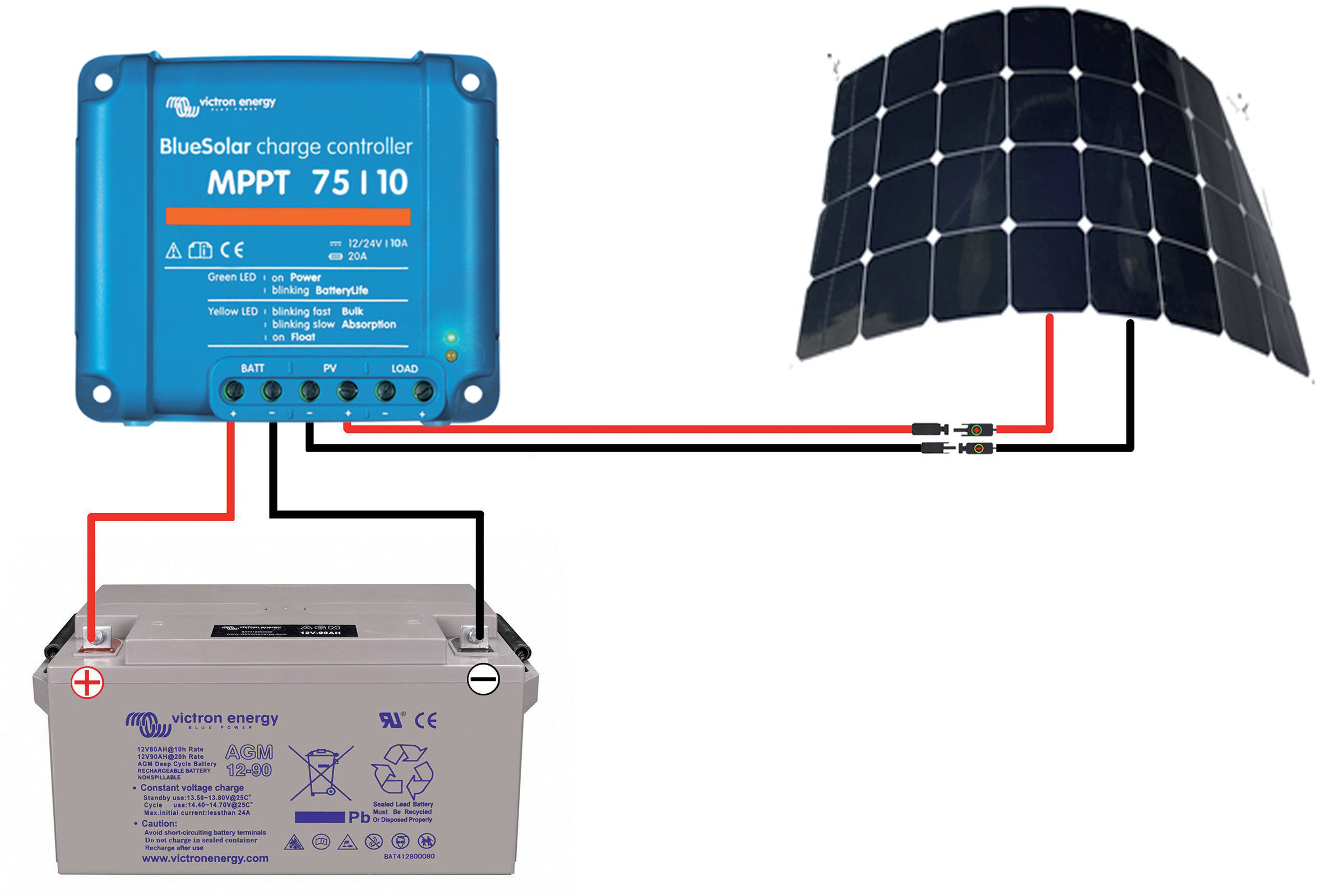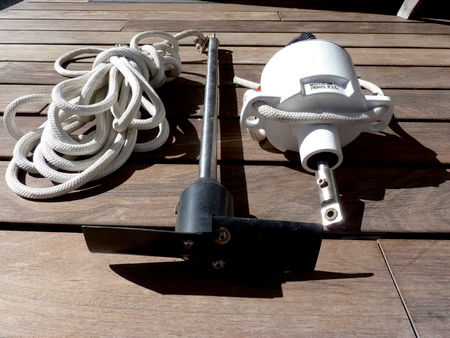
Issue #: 156
Published: November / December 2017
- Price per issue - digital : 6.00€Digital magazine
- Price per issue - print : 8.50€Print magazine
- Access to Multihulls World digital archives Digital archives
Today’s cruiser, whether long-term or coastal, can’t envisage going to sea without at least one of the pieces of equipment we have seen flourish aboard our boats over the last two decades. Wind generators, solar panels, and more recently, hydro-generators or solar cloths are now more discreet and more efficient. There is therefore no excuse for not being kind to your environment.
In the first part of this dossier (see Multihulls World 155) we saw that the energy needs of a boat equipped with all modern comforts were amply satisfied by means consuming fossil material. Not very ecological or modern, you will agree. Environmental as well as noise pollution has for a long time now driven us sailors to employ technologies using materials which are infinitely available, free of charge: the water, the wind and the sun. The cost of these devices meant that for a long time they were reserved for the elite or eco-purists, ready to accept a domestic sobriety as austere as it is random, but today they are produced on a general industrial scale. These pieces of equipment have been made more accessible to the greatest number of people, especially as once the initial investment has been made, there is no further expense, apart from that dedicated to maintenance.

Although this energy is free, in no case can it be made use of in all situations, as it fluctuates according to the meteorology, and also depends on how and where you cruise. It is therefore essential to select carefully the most effective means of meeting a targeted program. Or, to cover all situations (the most frequent case) and reduce to a strict minimum the CO2 emissions, to combine the three modes of production, using them in turn or simultaneously. This hybrid production allows one means to be substituted for another in the case of a breakdown, and above all allows you to adapt to the circumstances met, or your boat’s characteristics. For a round the world voyage, a whole arsenal of supplies is essential. During ocean crossings, hydro-generators or propshaft alternators are good energy suppliers, especially if you have the trade winds with you. If they are against you, the wind generator will then work at its best, which is not the case downwind or in very sheltered anchorages. If you find yourself in the tropics, solar energy appears to be well suited as the sun’s rays are strong, but the days are shorter, which reduces the range of use. Above the tropics, the days are much longer in summer, which compensates for the sometimes hazy sunshine but the lower temperatures then improve the solar panels’ efficiency. A hazy sky is no longer a problem for modern technology, and when the sky is really dark, the strong winds generally restore the balance with the wind generator.
Taking all the means together, you can count on 12 Volt production of from 80 Ah to over 400 Ah per day, depending on the conditions. However, the installation’s homogeneity is of prime importance to obtain good efficiency. The connections, the cable diameter, the MPPT regulator are all parameters for which a professional will be able to advise you effectively.

The propshaft alternator allows you to charge your batteries, but it is noisy. The propeller's drag decreases the speed by at least 1 knot, and makes the engine turn over, not running therefore without lubrication, ...
What readers think
Post a comment
No comments to show.